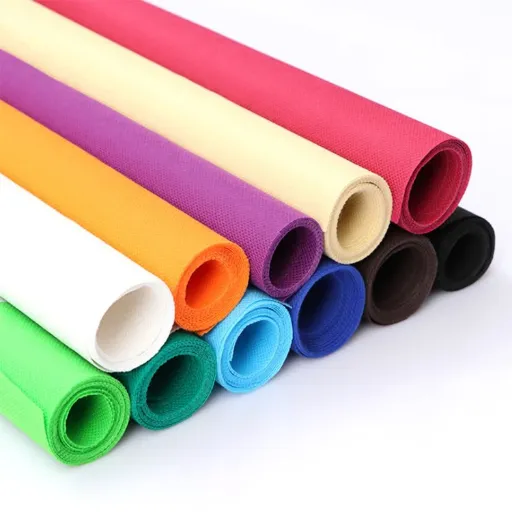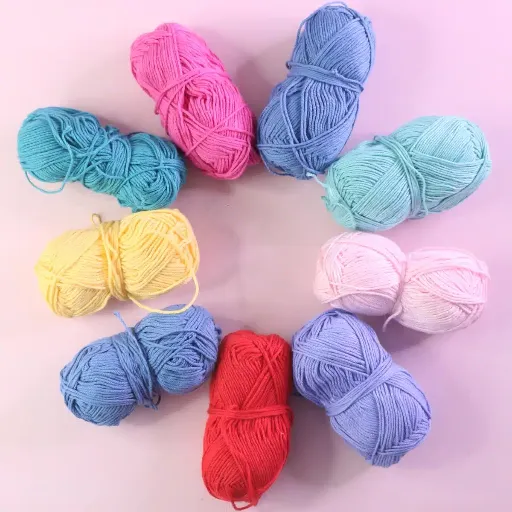Quick Summary: Acrylic yarn offers excellent durability and affordability, but often comes with a stiff, scratchy texture. This comprehensive guide reveals proven methods to transform your acrylic yarn into soft, luxurious material perfect for any crafting project.
What is Acrylic Yarn?
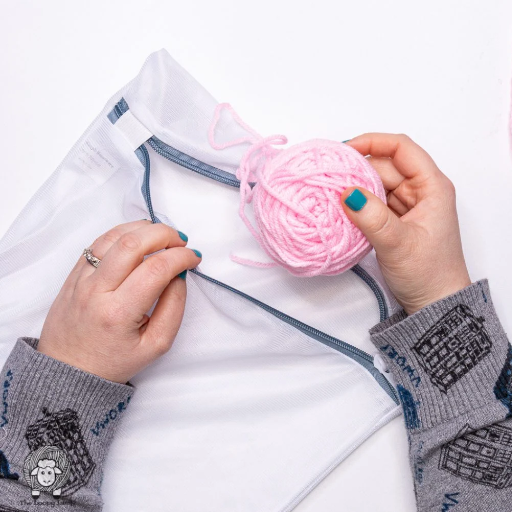
Acrylic yarn has become a cornerstone of the crafting world due to its practicality, cost-effectiveness, and wide range of available colors. However, many crafters struggle with its initial stiffness, which can make finished projects uncomfortable to wear or use.
Key Properties of Acrylic Yarn
- Durability: Exceptional strength and resistance to wear
- Lightweight Nature: Perfect for garments without added bulk
- Moisture Resistance: Hydrophobic properties prevent mildew and water damage
- Color Retention: Excellent dye absorption and fade resistance
- Thermal Insulation: Cost-effective warmth comparable to wool
Common Issues with Acrylic Yarn
- Pilling: Formation of small fiber balls due to abrasion
- Static Electricity: Build-up of charges that attract dust and lint
- Heat Sensitivity: Low melting temperature requires careful handling
- Limited Breathability: Can cause discomfort in warm conditions
- Environmental Concerns: Made from non-renewable resources
Proven Methods to Soften Acrylic Yarn
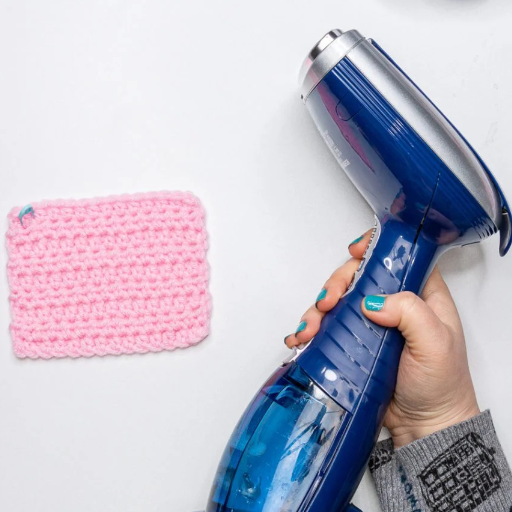
Method 1: Fabric Softener Treatment
- Fill a bowl with warm water
- Add a capful of fabric softener
- Submerge the acrylic yarn for 30 minutes
- Rinse thoroughly with fresh water
- Air dry naturally
Method 2: Vinegar Solution
- Mix white vinegar and water in a 1:3 ratio
- Soak yarn for 30 minutes
- Rinse completely to remove vinegar smell
- Lay flat to dry
Method 3: Steam Treatment
- Use a home steamer or iron’s steam function
- Maintain 2-inch distance from yarn
- Apply steam evenly without direct contact
- Allow yarn to cool and dry
Method 4: Machine Washing
- Place yarn in a mesh laundry bag
- Use cold or lukewarm water
- Select gentle/hand wash cycle
- Dry on low heat for 1-2 minutes only
Method Comparison Chart
| Method | Process | Advantages | Disadvantages | Best For |
|---|---|---|---|---|
| Fabric Softener | Soak, rinse, air dry | Fast, noticeable softening | May leave residue | Projects needing pliability |
| Steaming | Steam from safe distance | Quick, chemical-free | Risk of overheating | Delicate yarns |
| Machine Washing | Gentle cycle, low heat dry | Convenient for bulk | May shrink or stretch | Large quantities |
| Vinegar Solution | Soak in diluted vinegar | Natural, effective | Strong initial odor | Natural fiber preference |
| Freezing | Freeze damp overnight | Gentle, no chemicals | Minimal effect | Delicate yarns |
Advanced Softening Techniques
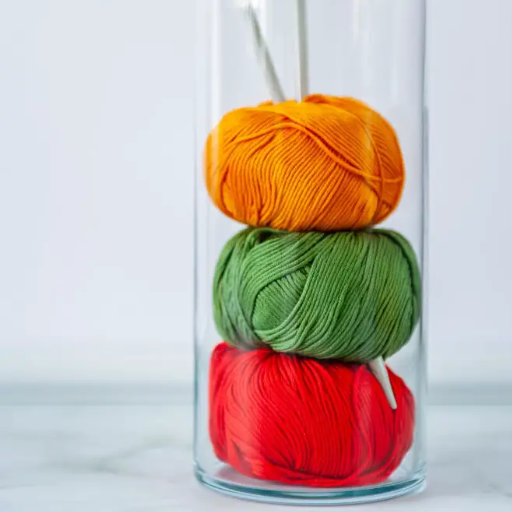
Soaking Techniques
For optimal results, soak yarn in warm water with fabric conditioner for 30-60 minutes. This allows deep penetration of the conditioning agents into the fiber structure.
- Lanolin Treatment: Add a teaspoon of lanolin dissolved in hot water for natural fiber conditioning
- Natural Oils: Coconut oil can provide additional softening properties
- Post-Treatment Care: Gently squeeze excess water using a towel, never wring
Heat Methods
When using heat-based softening, maintain temperatures between 160°F-190°F (71-88°C) for optimal fiber relaxation without damage.
Safety Tip: Always test a small sample before treating your entire project to ensure the method won’t damage or alter your specific yarn.
Washing Instructions for Acrylic Yarn
Best Practices
- Water Temperature: Use cold or lukewarm water only
- Detergent Choice: Select mild, non-coloring detergents
- Washing Method: Hand wash or use gentle machine cycle
- Avoid: Fabric softeners that leave waxy residue
- Rinsing: Ensure complete detergent removal
Tips for Maintaining Yarn Softness
- Gentle Detergents: Choose products that won’t harm fiber structure
- Careful Washing: Minimize agitation to prevent felting
- Air Drying: Lay flat on surfaces away from direct heat
- Proper Storage: Keep in cool, dry places with good ventilation
- Quality Selection: Invest in higher-grade acrylic yarns when possible
Using Softened Acrylic Yarn in Projects
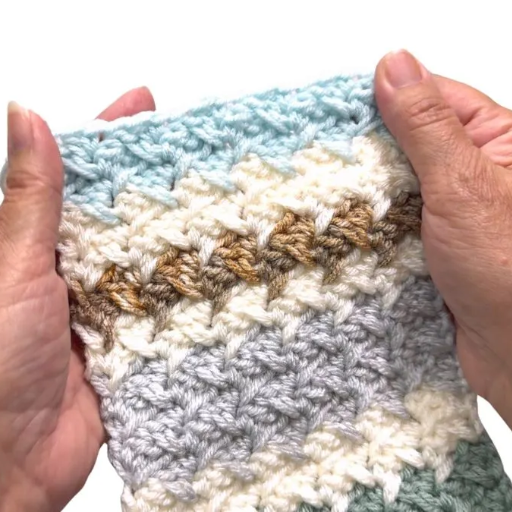
Best Applications
- Baby blankets and clothing
- Scarves and winter accessories
- Home décor items
- Beginner-friendly projects
Project Preparation Tips
- Pre-wash yarn before starting your project
- Match hook/needle size to yarn weight
- Create gauge swatches to test consistency
- Consider reinforcement for high-stress areas
Best Practices for Knitting and Crocheting

Tool Selection
- Knitting: Choose aluminum for speed, bamboo for comfort
- Crocheting: Match hook size to yarn weight specifications
- Materials: Select quality yarns appropriate for your project’s intended use
Technique Tips
- Maintain consistent tension throughout your project
- Take regular breaks to prevent hand fatigue
- Use proper blocking techniques for professional results
- Store finished items properly to maintain softness
Reference Sources
-
The Loopy Lamb – How to Soften Acrylic Yarn
- This guide explores multiple methods for softening acrylic yarn, including using fabric softener, vinegar, hair conditioner, and steam. It provides step-by-step instructions for each method and evaluates their effectiveness.
-
Amelia Makes – Softening Acrylic Yarn
- This article focuses on three quick and easy methods to soften acrylic yarn: washing with warm water and gentle detergent, using fabric softener, and applying heat through steaming.
Frequently Asked Questions
Q: What are the best methods to soften scratchy acrylic yarn?
A: The most effective methods include soaking in fabric softener solution for 30 minutes, using hair conditioner mixed with water, or applying a vinegar treatment. Always rinse thoroughly and avoid wringing the yarn to prevent damage.
Q: How can I use vinegar to soften yarn?
A: Create a solution with one cup of white vinegar mixed with cool water. Soak the yarn for 15-30 minutes, then rinse thoroughly. This natural method effectively breaks down stiffness and removes odors.
Q: What is the effect of fabric softener on yarn before using it?
A: Fabric softener significantly improves yarn feel and workability. However, thorough rinsing is essential to prevent residue buildup that could affect your finished project’s appearance and feel.
Q: Can I soften baby acrylic yarn differently?
A: Yes, use gentler methods for baby yarn. Soak in cool water with a small amount of hair conditioner for 20 minutes, then rinse thoroughly. This maintains the yarn’s safety for sensitive skin while improving softness.
Q: What should I know about the properties of acrylic yarn?
A: Acrylic yarn offers durability, affordability, and easy care, but may initially feel stiff. Understanding these properties helps you choose appropriate softening methods and create more comfortable finished projects.
Conclusion
Transforming stiff acrylic yarn into soft, luxurious material is entirely achievable with the right techniques. Whether you prefer natural methods like vinegar treatment or opt for fabric softener solutions, the key is gentle handling and proper aftercare. By following these proven methods and best practices, you’ll be able to create comfortable, beautiful projects that showcase the full potential of acrylic yarn.
Remember: Always test your chosen method on a small sample first, and maintain consistent care practices to keep your yarn soft and workable throughout your crafting journey.

















